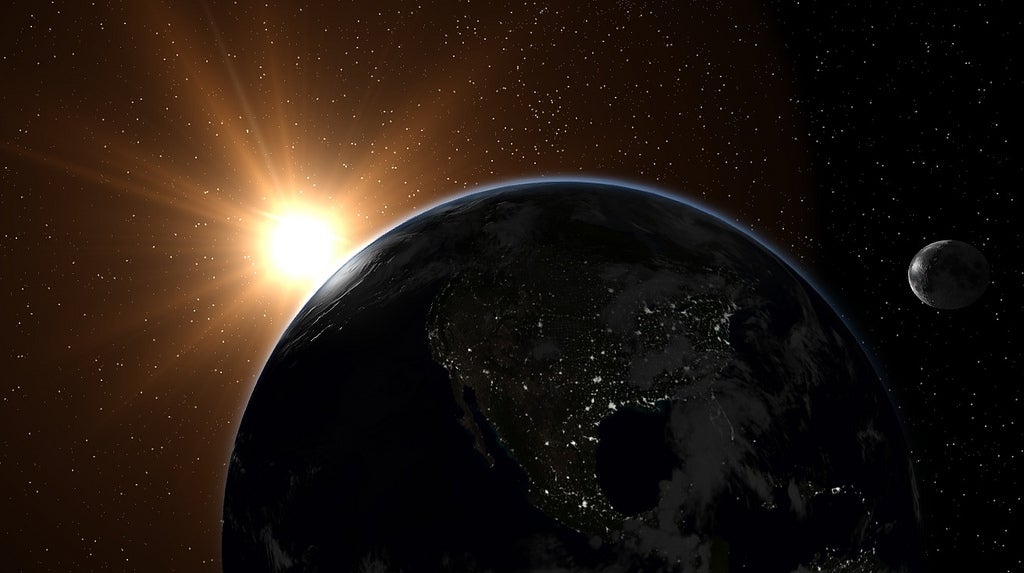
Q: What are the accepted proofs that Earth revolves around the Sun? When did this realization take place?
A: We had no direct view of Earth until the dawn of the Space Age. Finding physical evidence that our planet revolves around the Sun took some clever thinking to prove that this heliocentric model of our solar system represents reality.
The idea is ancient. Around 230 B.C., the Greek philosopher Aristarchus suggested that this was the case. He was an outstanding observer and based this idea on careful observations. Still, without direct proof that Earth moves, Aristotle’s Earth-centered universe remained the dominant model for centuries.
In 1610, Galileo turned his new telescope toward Venus. To his amazement, he saw the planet pass through phases just like the Moon. Galileo correctly surmised that this could happen only if Venus had an orbit closer to the Sun than Earth’s orbit.
With improved telescopes, astronomers started looking for another proof of Earth’s motion around the Sun, stellar parallax. Earth’s orbit is huge — some 186 million miles (300,000 kilometers) in diameter. If an astronomer measures the position of a nearby star, and then measures it again six months later, the star’s apparent position against the background of more distant stars should shift a tiny amount.
Observing this would prove that Earth in fact is not stationary. It wasn’t until 1838 that an astronomer finally detected this shift. That year, German astronomer Friedrich Wilhelm Bessel successfully measured the parallax of the star 61 Cygni.
And there’s yet another proof. Imagine standing still with rain coming straight down. To stay dry, you just hold your umbrella directly over your head. As you begin to walk, however, you need to tilt the umbrella “into” the rain, even though the rain is coming straight down. The faster you walk, the greater the tilt needs to be.
As Earth orbits the Sun, we can detect a “tilt” of incoming starlight. English astronomer James Bradley discovered this phenomenon in 1725 by accident — while he was searching for stellar parallax! This aberration of starlight, as it is called, is a result of light having a finite speed and Earth’s motion around the Sun.
Raymond Shubinski
Contributing Editor
This article was first published in 2017 and has been updated.

